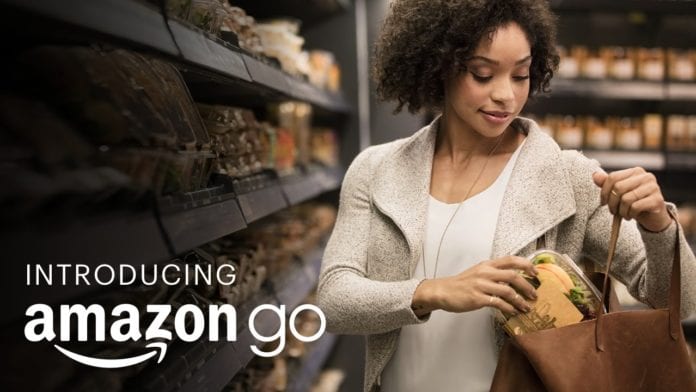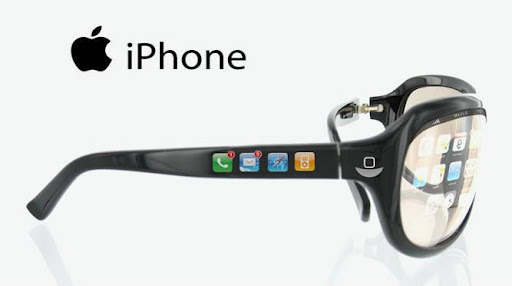It’s not yet the norm but Amazon Go’s Seattle debut last January 22, will probably set the pace in convenience store operations in the years to come. Contrary to its online presence, this brick-and-mortar convenience store, their first caught the fancy of customers. This signifies Amazon’s covering all points of retail: online, delivered, and in-store.
Does that mean that 7/11’s and manned supermarkets are now adrift in the red ocean? This will be a jarring experience for Baby Boomers and Gen X’ers who are used to chatting with their favorite shop person at the local Mom & Pop stores. Even I have a favorite butcher in the meat section and another one, I couldn’t live without in the fish section. They can fillet and butterfly my chosen cuts like so – just the way I like them.
I must admit that I hate long lines and the checkout-free convenience at Amazon Go where you literally pick from freshly prepared ready-to-eat food and go is one seductive idea. Use the Amazon App and the store’s “Just Walk Out Technology” automatically detects what you’ve grabbed from the shelves, returned and eventually take home. No queues, no credit card verification, no pushing and shoving during sales – it almost feels like shoplifting! Of course, your Amazon card gets charged and you are sent the receipt but this is a big leap in terms of shopping convenience. It’s early days yet and the jury is out on whether users will find this the ultimate customer-centric experience or a dehumanizing one.
Just Walk Out Technology uses a variety of technologies including computer vision, sensor fusion, and advanced machine learning” – Amazon GO
Though it was conceptualized four years ago, and rolled out among Amazon employees, like it or not, the Chinese Eat Box beat the American online giant by almost half a year in launching a store open to the public. In fact, Alibaba already has its own unmanned store! One of these unmanned stores, Eat Box, uses multi-chat technology and is dependent on facial scanning. Because human labor cost is cut significantly, Chinese buyers perceive the prices to be lower, in contrast with 7/11’s prices which are about 20% higher than regular retail prices. Unlike in the Amazon model where your account gets charged, in the Chinese version, the alarm is triggered at the door when you don’t pay. You hear a prompt that “there is something unpaid” and the exit door remains locked. So much for feeling like a shoplifter! Unfortunately, there is a short line as you scan your purchases before you pay with your e-wallet. Quite more complex than Amazon Go and a totally different business model altogether.
Here’s a very interesting walkthrough from scanning with your smartphone to get access to shopping around. You judge if this is your cup-of-tea!
The Amazon Go store in Seattle is all of 1,800 square feet and shoppers don’t need to adjust because it’s a no-brainer. Shoppers simply select from the wide array of food and grocery items choices, put in their bag and leave. The smart system can locate what customers chose (and returned) adding them to a virtual shopping cart. The store is located in one of Amazon’s buildings and while bigger than the usual 7/11, it is a lot smaller than most supermarkets. Like the Chinese Eat Box, it starts by scanning a QR code when you enter but unlike in the Chinese version where you have to scan and pay with through your digital wallet, Amazon does this automatically and simply deducts from your Amazon card.
What’s amazing is that there are no lines at the cashier (because there’s none) but a remarkably long one during the opening as shoppers lined up for this high-tech experience. It’s certainly a welcome sight to be greeted by mouthwatering dishes like salads, meals, drinks and more – whetting your appetite for shopping. And when you walk out 30 seconds later with purchase in hand, it does seem like the death knell of traditional shopping. Is this the blue ocean of future lunch breaks?
















